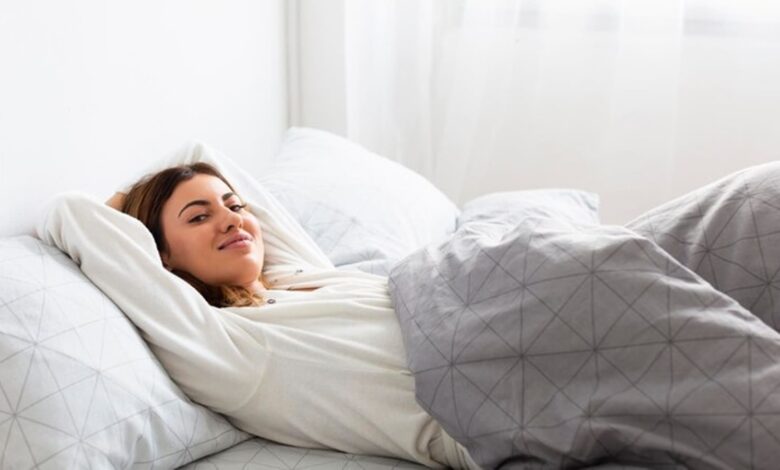Therapeutic laziness: The 2025 sleep trend that embraces doing nothing | Health News

A new sleep and self-care trend is gaining attention in 2025, called Therapeutic Laziness. Reported global trend-forecasting company WGSN, this concept takes the idea of ‘bedrotting’ — staying in bed for long periods — one step further. But unlike mindlessly scrolling on your phone, this trend is about being intentionally unproductive, embracing rest to recharge both physically and mentally.Instead of pushing for productivity even in relaxation, therapeutic laziness encourages people to turn their beds into wellness sanctuaries. The idea is simple: unapologetically prioritising sleep and doing absolutely nothing for extended periods to combat burnout and stress. But how effective is this trend in improving mental and physical well-being? Expert weighs in.
Dr Kadam Nagpal, head, Neuroimmunology and senior neurolog at Salubritas Medcentre, tells , “Intentional inactivity, also known as ‘therapeutic laziness,’ can have a calming effect on the mind. It permits people to pause, rest, and be without feeling guilty. This kind of rest can lower stress levels allowing the brain to recharge. Unlike meditation or exercise, which require active participation, intentional inactivity focuses on doing nothing at all — just relaxing.”
Story continues below this ad
While traditional self-care activities like meditation and exercise require more effort, they offer additional benefits, he stresses. “Meditation helps in improving focus, reducing anxiety, and promoting emotional health. Exercise releases endorphins, natural mood boosters that reduce stress and improve mental health. Intentional inactivity can be refreshing, but it doesn’t provide the same physical or long-term emotional benefits as regular exercise or mindfulness practices,” Dr Nagpal informs.
Could practicing therapeutic laziness for too long have negative effects on motivation and daily functioning?
“Yes, practicing therapeutic laziness for too long can have negative effect,” says Dr Nagpal. . While short periods of rest are good for mental health, he notes that extended inactivity can lead to feelings of sluggishness, decreased motivation, and even mild depression. The body and mind need a balance between rest and activity. “Without engaging in daily tasks or setting goals, people might find it harder to get back into a routine, which can affect their productivity and mental well-being.”
It’s important to use intentional inactivity as a tool, not as a constant habit. “A short break can refresh your mind, but staying inactive for too long can create a pattern of avoidance, making it difficult to manage daily responsibilities effectively,” explains Dr Nagpal.
Some signs that someone is using this trend effectively versus falling into unhealthy prolonged inactivity
When used effectively, intentional inactivity leaves a person feeling recharged, relaxed, and ready to return to their daily activities with more energy. Dr Nagpal states, “Signs of healthy use include feeling mentally refreshed after a short period of rest, returning to tasks with better focus and motivation, and using inactivity intentionally, like scheduling downtime without guilt.”Story continues below this ad
On the other hand, he adds that signs of unhealthy prolonged inactivity include constant feelings of tiredness even after resting, avoiding tasks or responsibilities regularly, losing interest in activities once enjoyed, and feeling isolated, sad, or unmotivated for extended periods.
Dr Nagpal highlights, “Intentional inactivity can be a helpful way to reduce stress when used wisely. Balancing it with active self-care practices like exercise and mindfulness is key to maintaining good mental health. Remember, rest is important, but so is movement and staying engaged with life.”
DISCLAIMER: This article is based on information from the public domain and/or the experts we spoke to. Always consult your health practitioner before starting any routine.






